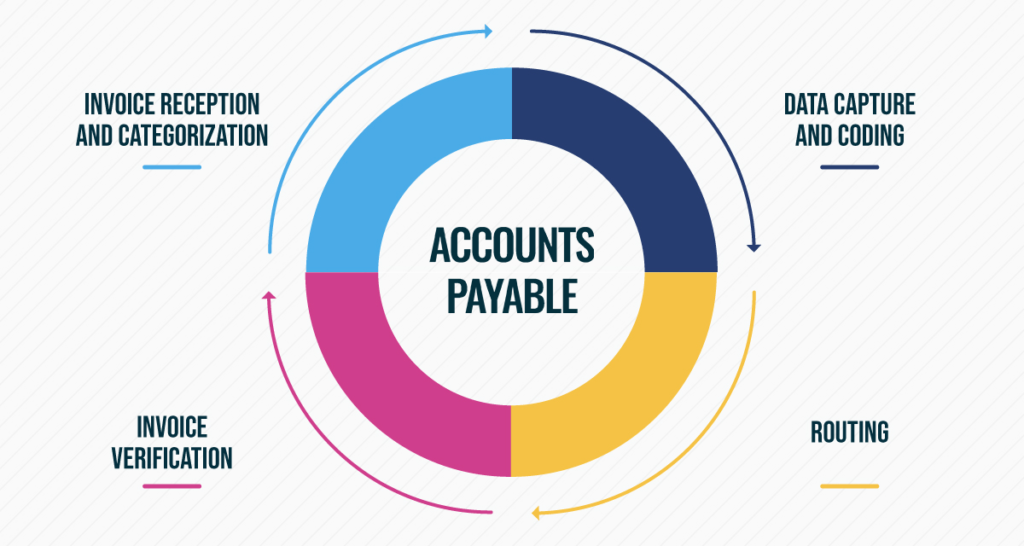An effective accounts payable (AP) procedure is essential when running a business. Getting rid of late fees and duplicate payments guarantees on-time payment of suppliers and vendors. It was once a tactical, transaction-focused process, now a strategic business function. It optimizes working capital, makes it possible for the company to save more money, and fosters better supplier relationships. This article will describe the operation of accounts payable and how it is different from accounts receivable. In addition, this article will also walk you through creating your own account payable procedure.
What are Accounts Payable?
Payments made by the business to suppliers or vendors for goods or services are handled by the accounts payable department. To keep track of payments that have not yet been made and make sure there are no past-due balances, we can monitor these obligations on a balance sheet.
Our accounts payable department is typically the first line of interaction for suppliers and oversees all outgoing payments. They must invest a significant amount of time and effort in this activity. accounts payable services work well to save oneself from unnecessary tasks.
Check each individual invoice to make sure we are aware of the payment due dates because they can change. Our business might be charged late fees if payments aren’t made on time.
“Days payable outstanding” (DPO) is a phrase frequently used in accounts payable This financial ratio gauges the typical length of time it takes a business to pay its suppliers or vendors. Our DPO increases as we take longer to pay our suppliers.
Accounts payable vs. Accounts Receivable
The Accounts receivable, which entails gathering our unpaid invoices, is frequently confused with Accounts Payable. Accounts payable and receivable are not the same, despite some similarities.
Accounts payable is responsible for handling the cash that our company owes to its suppliers and vendors for the goods and services it has purchased. The Accounts receivable, in contrast, refers to the money that our business expects to receive from its clients. Here, accounts receivable services enable faster payments within the company. Accounts receivable are regarded as an existing asset, whereas accounts payable are regarded as a liability.
For our business to run efficiently, accounts payable and receivable are both essential components of the accounting process.
Tracking Accounts Payable
Many small businesses track accounts payable, also known as A/P, every month. As the company expands, it is preferable to make this task a weekly one to benefit from early payment rebates and settle any credits resulting from inventory returns. Keeping track of accounts payable is beneficial when there are any payment issues, to remind the company of current or unpaid invoices, and to provide spending documentation for tax purposes. Both manual recordkeeping and accounting software are acceptable.
Some General Tips to Set Up Your Accounts Payable
Working with payables calls for meticulous attention to detail. The accuracy of each invoice, as well as the billing and payment dates, must be double-checked before being properly entered into the ledger accounts or accounting software. Here are a few general pointers for setting up the accounts pay able and making the procedure efficient, based on our research:
Use the Original Invoice
There are some electronic invoices. To reduce confusion when dealing with electronic invoices, print the invoice only once before storing the email.
Use The Same Entering Procedure Each Time
Although each vendor has their method of billing, our platform should be consistent when allocating invoice numbers. Decide on a method and stick with it, like using leading zeros.
Enter Invoices One by One
This includes numerous monthly bills from the same vendor. We need to be able to locate it in our system quickly in the case of a dispute.
Get Approvals on Time
The person who approves the invoice should not be the same person who enters it. Having a clear procedure for approvals and entry might not be possible if we run a sole proprietorship and handle all our own bookkeeping. We should still try and maintain accurate records.
Look For Discounts for Early Payments
If we pay our invoice within a specific time after the date it was issued, for example, within 10 days, some vendors might give us a small discount. If we only deal with payables once a month on average, think about implementing a system that allows us to spot early payment discount prospects. This should be done as soon as the invoices are obtained, and we clear them individually from the monthly pile.
The Conclusion
The practice of tracking accounts payable has several advantages. Business owners can better manage cash flow and make plans to fulfill all outstanding obligations by being aware of how much money they owe and when they owe it. Automating account payables makes sure that purchase orders, vendor invoices, and purchase invoices are quickly and effectively approved and processed. Our business has more options for managing cash flow if account payables are processed more quickly.

